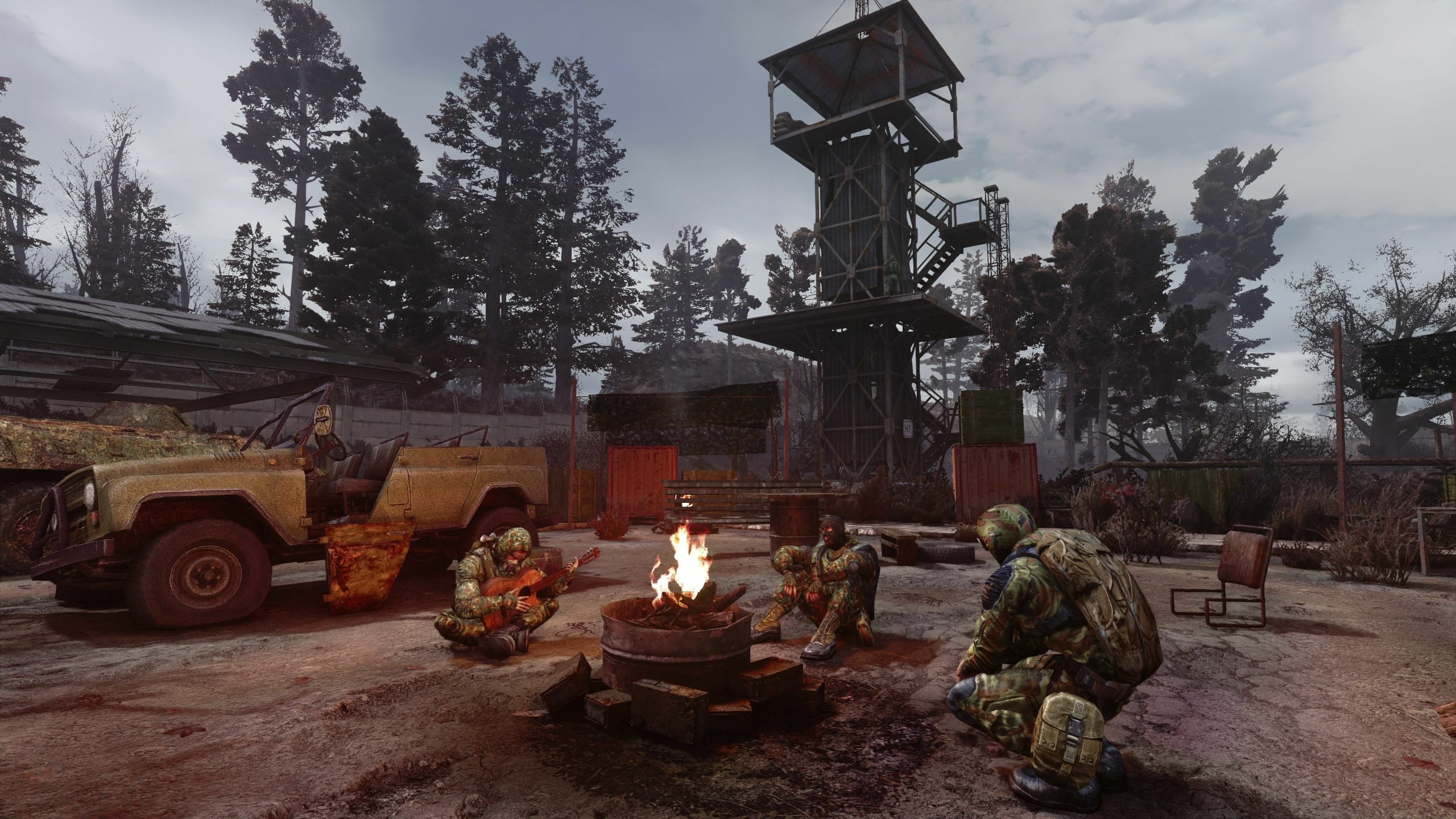Inside Xbox One review: A Lynchian puzzle platforming masterpiece
This past weekend, I played through Playdead's Limbo successor, Inside, in a single sitting. I just couldn't put it down. Playdead have a masterpiece on their hands.
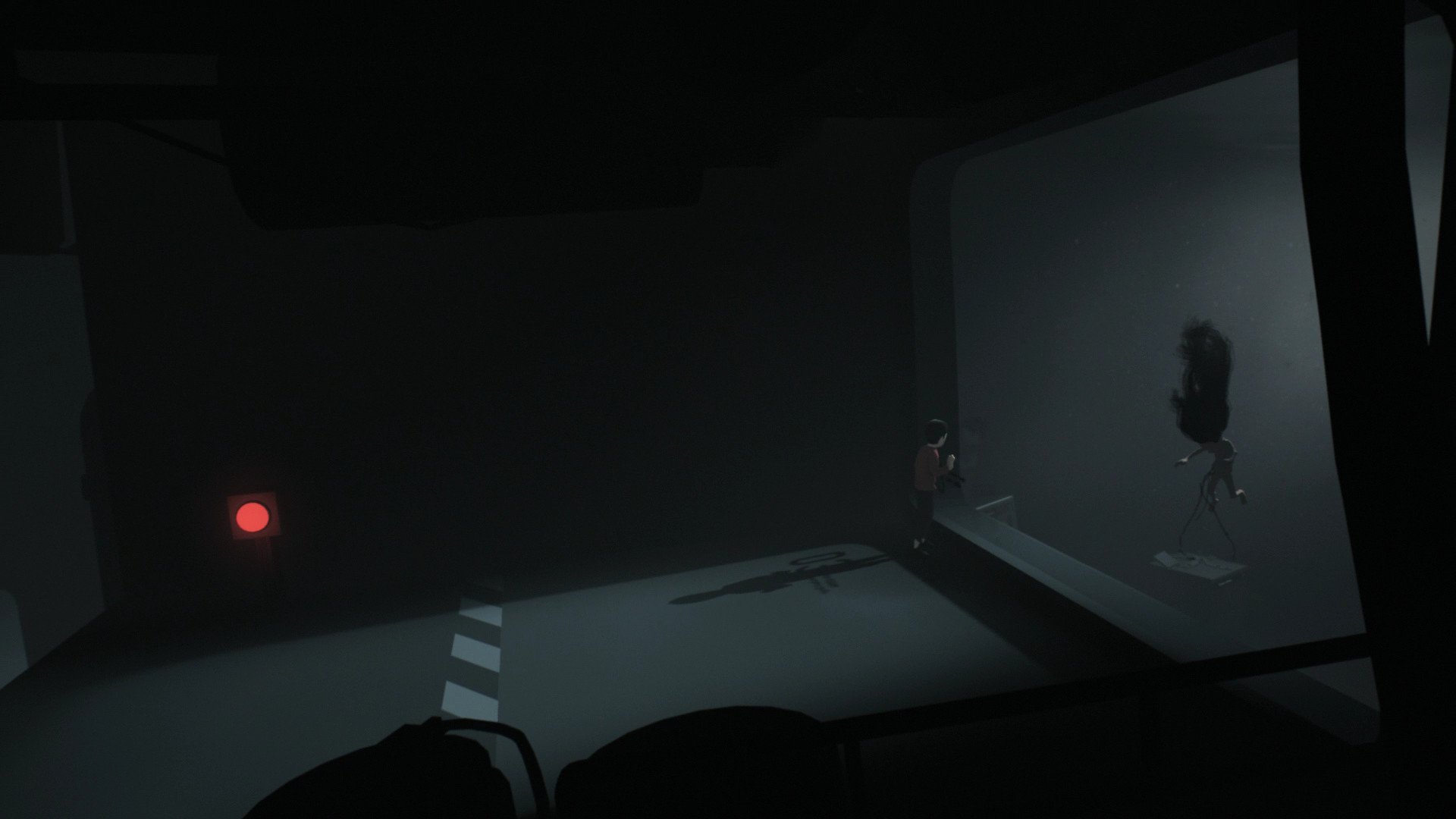

Playdead's puzzle platformer, Limbo, took the world by storm back in 2010. It's bleak, neo-noir aesthetic and 'trial and death' approach to its gruesome side-scrolling physics puzzles made a lasting impression on many. Knowing that Playdead were working on a spiritual successor was enough to interest me.
I expected that Inside would at least be as good as Limbo for quality, rewarding gameplay, and untampered artistic integrity. I did not expect Inside to supersede Limbo, though. Playdead has ascended to another level.
Inside is a masterpiece, and I feel that Playdead's magical subtlety will typify their work for years to come. Limbo was not a fluke.
Days later, I'm still both disturbed and elated by what I experienced with Inside. I'll be avoiding spoilers are much as humanly possible in this write-up, but if you enjoyed Limbo even a little bit, you'd be better off going in blind. Purchase the game right now.
Audiovisuals
Lynchian horror meets Pixar purity
Before we talk about gameplay you should make no mistake, Inside is a horror title, though not in the traditional sense. There are no jump scares, and it's certainly not designed to make you fearful while playing. But it's inferred, surrealist approach to its monochromatic visuals, disturbing events, and overall design shows masterful restraint in a world dominated by 'AAA' audience-broadening design conventions. Inside is pure.
There are no tutorials, there's no difficulty slider, and there's no multiplayer. Inside is a solitary experience, razor sharp in its delivery. Inside's aim is to unsettle you, and it does this through its paranoid gameplay, but also in its artistic direction.
All the latest news, reviews, and guides for Windows and Xbox diehards.
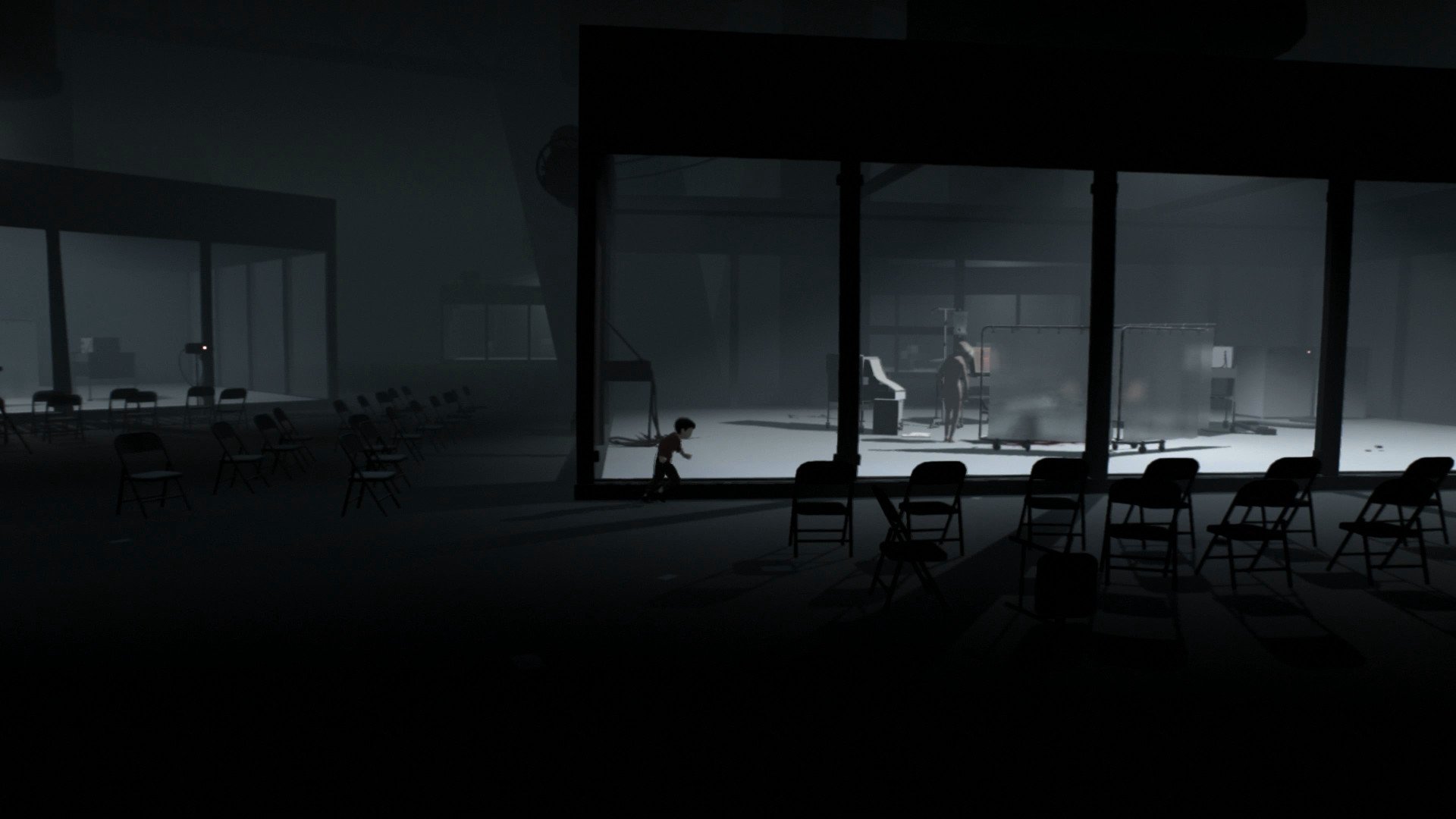
Unlike a full blown survival horror game, there's virtually no punishment for dying in Inside, in a similar fashion to Limbo. Death respawns you fairly close to the site of your mistake, allowing you to make re-attempts quickly. You're very rarely thrown out of the game. There are no loading screens, no HUD elements, and I feel it imparts maximum immersion as a result.
Inside is a solitary experience, razor sharp in its delivery.
While it is side scrolling, Inside sports a painstakingly detailed 3D world. As you move through the tapestry of the game's dystopic nightmare, subtle story elements play out in the background. The game paces almost like a novel, each puzzle playing out like the page of a book, each dark setting foreboding events to come.
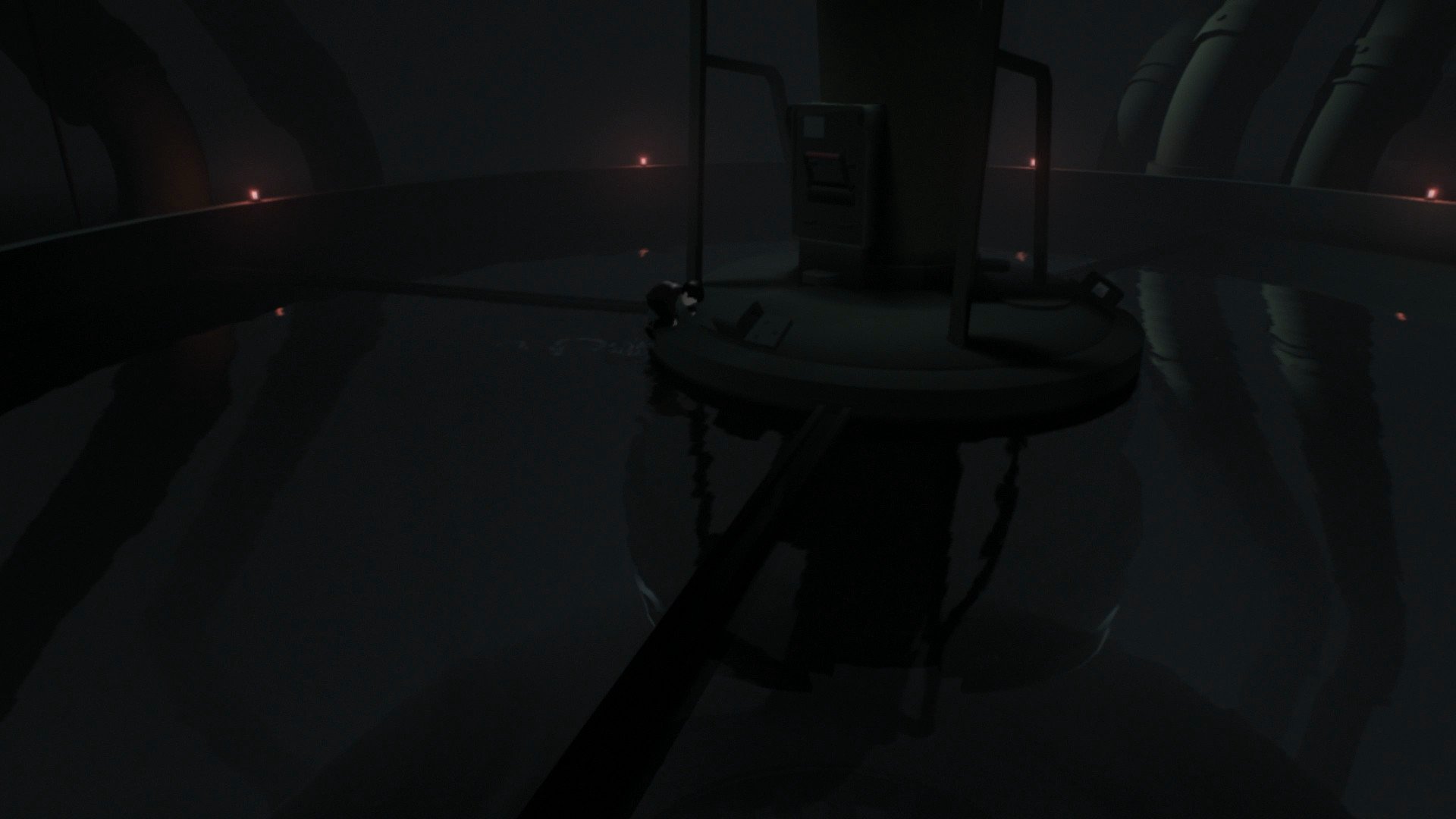
Without spoiling, Inside has no dialogue, but the setting and the behavior of the inhabitants of Inside's apocalyptic world paint a grim picture. Even when you're doing something as mundane as traveling to the next puzzle, Inside gives you something to stare at, and the sights often had me agape with disquieted awe. Industrial landscapes, forgotten civilization, piles of corpses. Something is seriously wrong.
The scenery is accentuated with subtle industrial ambiance, with the occasional visitation of melancholy post-rock. Audio cues and music are often used to hint at the solutions of puzzles in lieu of obtrusive UI elements. Softer, revelatory trance will sometimes seep through to reward you for figuring out the solution to a challenging puzzle. It's Playdead's way of letting you know you did a good job, and its subtlety makes it all the more impactful. The audiovisual signals also feed the game's atmosphere, masterfully serving multiple purposes.
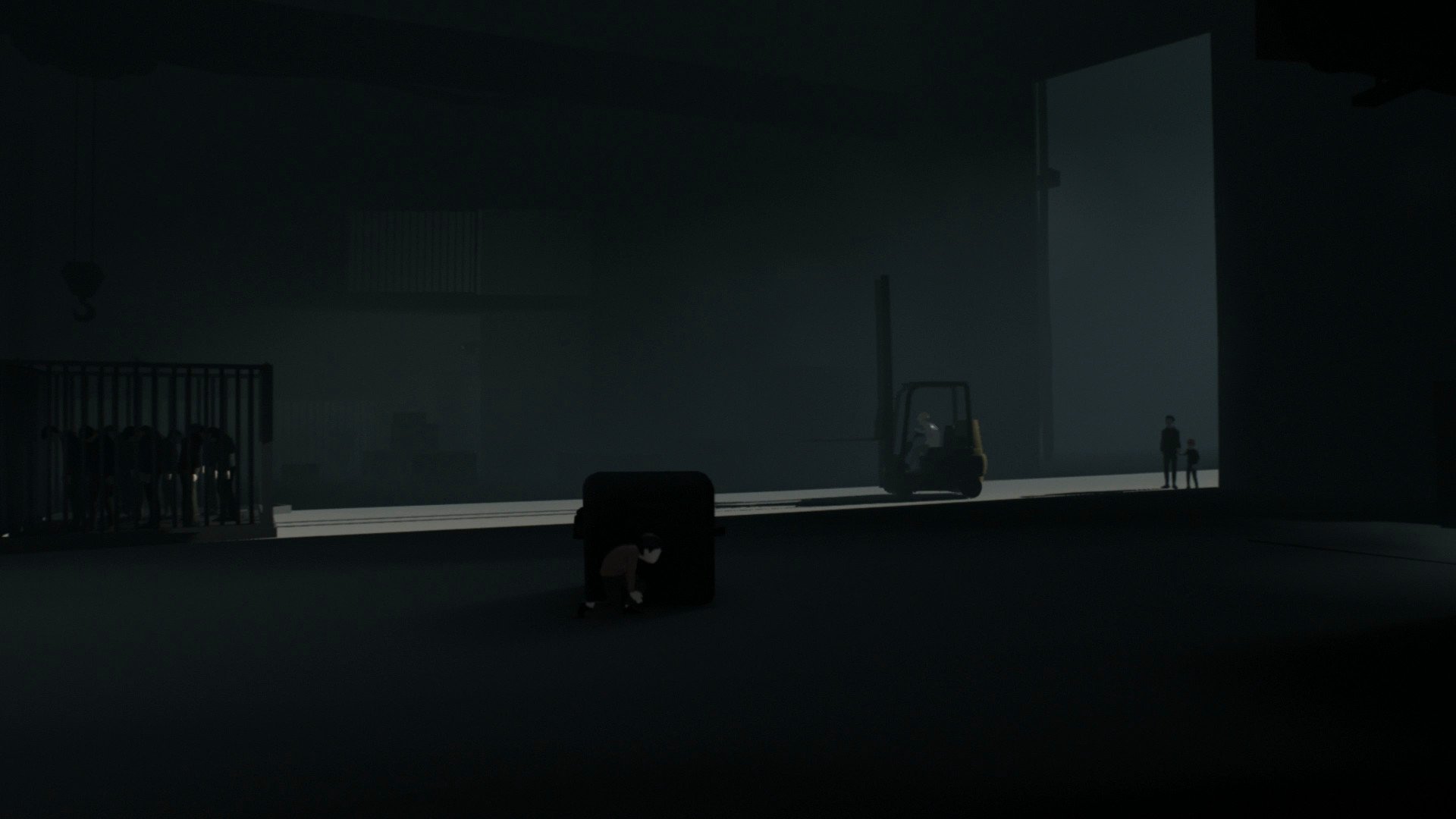
Inside's bleak, minimalistic scenery is elevated by some incredible physics and lighting. The game's textures are Pixar-like in presentation, but they're washed in a gothic, noir aesthetic. Inside isn't black and white, but colors and contrasts are on the pale end. Playdead sometimes uses subtle hints of color to reveal puzzle mechanics, but also to draw your attention to some of the game's dark narrative elements.
I think even the most critical gamer would be lying to suggest Inside is anything short of a work of art.
Inside's physics are as much a part of the game's art as its visuals. There's an uncanny realism about Inside, despite its comparatively simple presentation. When stepping in water, mired in the rain, avoiding searchlights or diving through a glass window in flight, Inside's world reacts with realistic lighting, object collision, and water behavior.
Whether you're a fan of the puzzle platform paradigm or not, I think even the most critical gamer would be lying to suggest Inside is anything short of a work of art.
Gameplay
Trial and death
In Inside, you control a young boy, traveling through a warped dystopia. Along the way, you'll encounter diabolical physics puzzles that require varying degrees of lateral thinking.
Those who are familiar with Limbo will be able to pick up and play Inside like it's second nature. At their core, the games are very similar. Inside shifts to the third dimension, and the variety of puzzles and mechanics keeps the game fresh throughout. Inside's puzzles often feature mechanics unique to that sequence, and it's a rare occurrence for any two separate obstacles to share a solution.
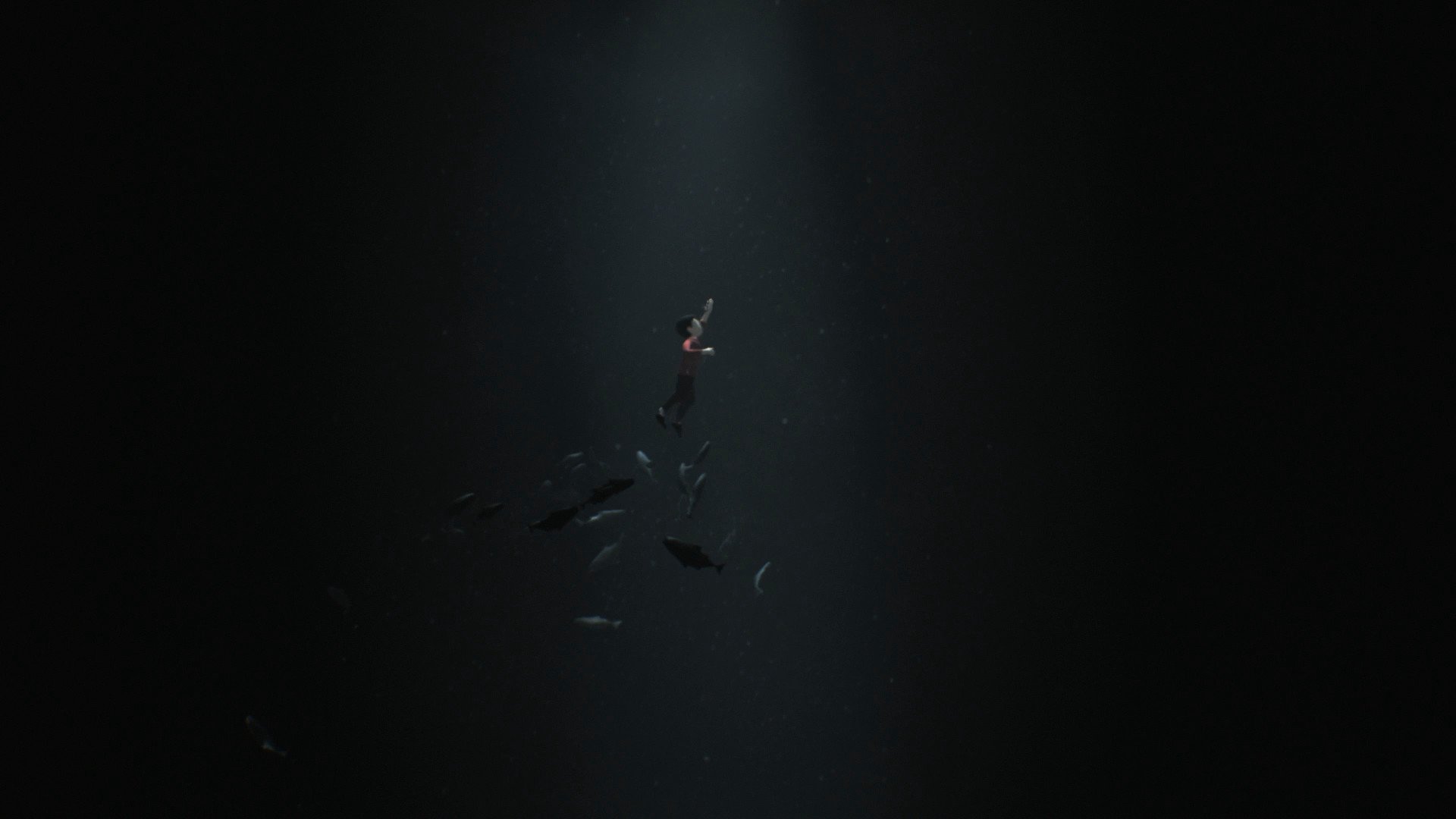
Like the game's location designs and narrative backdrops, Inside's puzzles hint at the world's true nature. Some of the things you'll be required to do in order to progress are harrowing, and only add to the game's terrifying mystery.
Don't expect to be rescued by regenerating health or power-ups, if you screw up — you're dead.
You'll traverse abandoned cities, flooded factories, and dark forests. You'll be hunted by Inside's inhabitants, security systems, and threatened by all manner of deadly environmental hazards. Inside's playable character is fearless but totally vulnerable. Don't expect to be rescued by regenerating health or power-ups, if you screw up — you're dead.
As I noted earlier, Inside isn't about punishing the player. Indeed, some of the game's ragdoll death animations are sadistically satisfying, and I've found myself going out of my way to get killed just to see what happens. As disturbing as the game is, it's also an incredibly pleasant experience. I was never frustrated, never felt cheated. Every puzzle and unique mechanic felt natural and intuitive, even without overt tutorials.
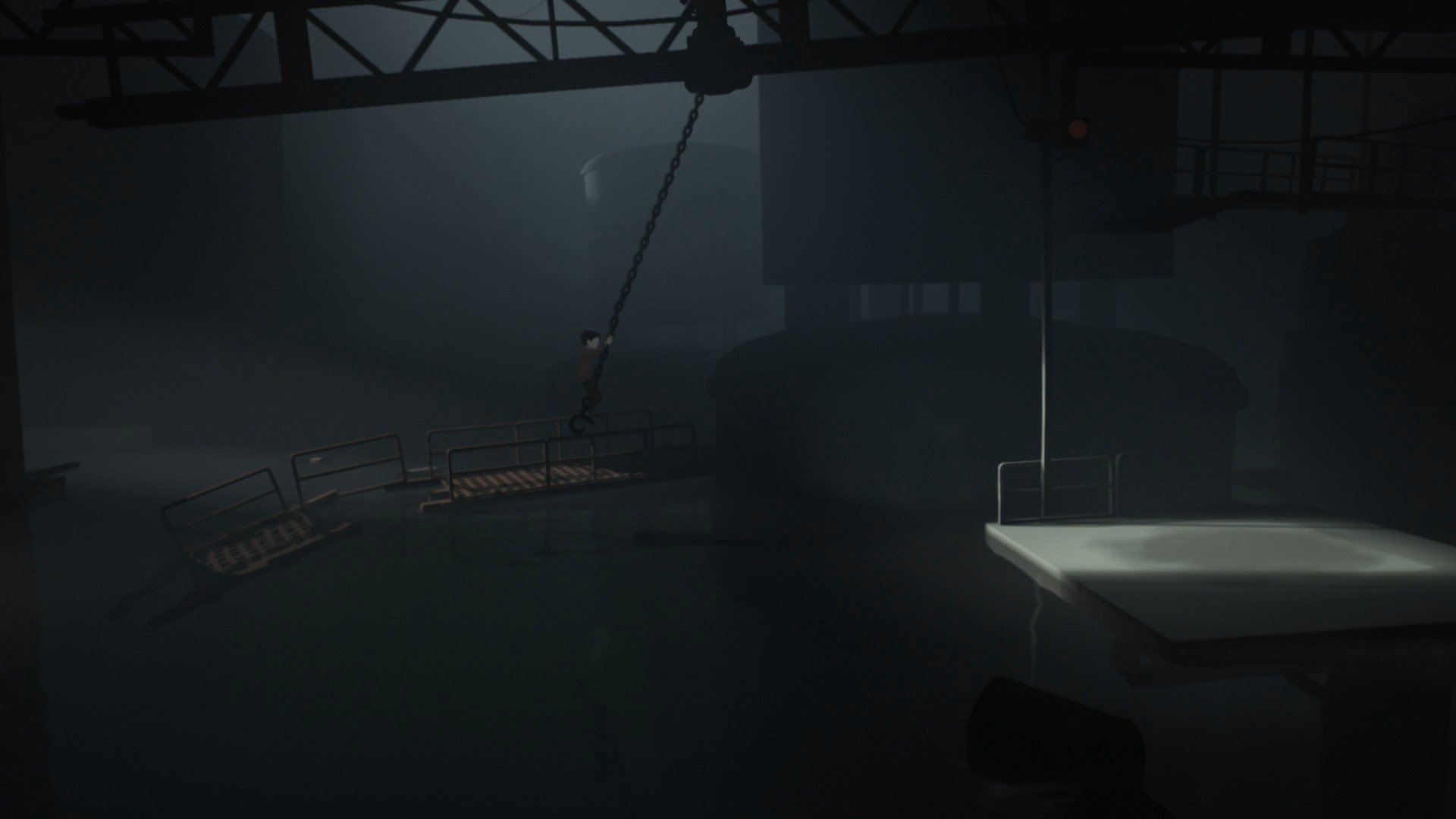
It's A to jump, X to interact, and that's Inside boy's entire arsenal. As you proceed deeper into the nightmare, all manner of contraptions and new physics present themselves, but there are plenty of contextual game mechanics as well. If you're being chased, he will sprint, if you're attempting to avoid a search light, he'll duck behind cover. In other games, the automated contextual character behavior might come across as overly simplistic, but in this case, it allowed me to soak in the atmosphere, take notice of some of the background nuance, and enjoy its haunting sound treatment. Some of the game's inhabitants also behave in an automated, but freakishly natural way, making Inside as uncannily cinematic as it is interactive.
Inside is never shy to combine the game's nefarious elements into deadly jigsaws, and it only gets more insane as the game marches forward.
Inside focuses its interactivity on its puzzle gameplay, which is as close to flawless as a game can be. There was never a sense of repetition, Inside was engaging and thoughtful all the way through, and polished to a mirror sheen.
Some puzzles require you to push objects around to act as platforms. Others might focus on water displacement physics, and then others might ask you to interact with a unique machine. Inside isn't satisfied with the mundane, however. You'll use corpses to weigh down pressure plates, flee from hungry dogs, and frantically scramble through the water, pursued by subterranean horrors. Inside is never shy to combine the game's nefarious elements into deadly jigsaws, and it only gets more insane as the game marches forward.
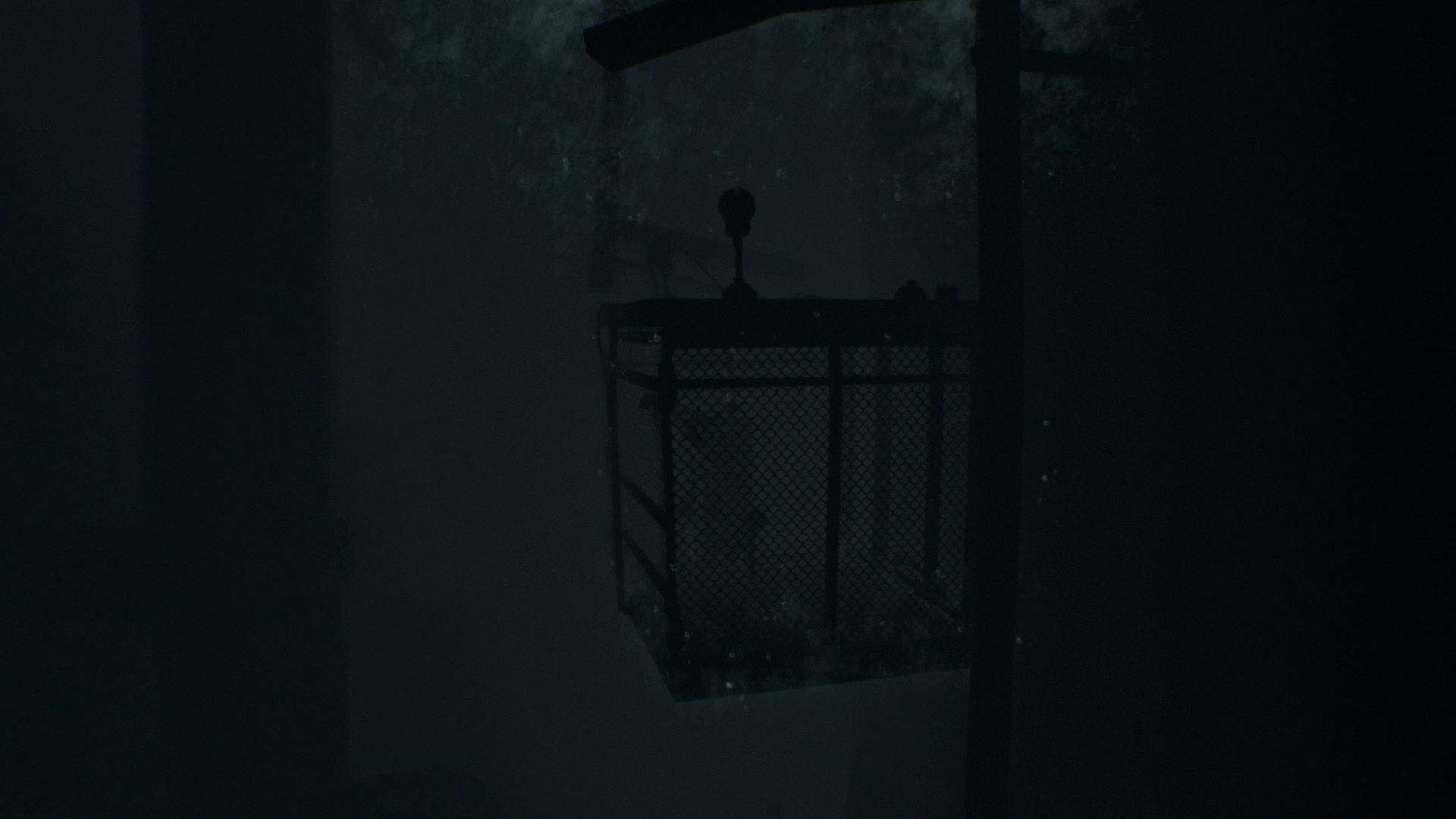
Each puzzle you solve not only progresses you further towards the game's tormented conclusion, and the game ramps up with complexity and claustrophobic horror the deeper you get. Replaying Inside for the second time only enhances the ordeal. Previously mundane occurrences have horrific meanings on the second run, once you've seen the full breadth of Inside's narrative.
Inside is an experience that will stick with me for a long time, and something I'll recommend to Xbox One gamers in the strongest possible terms.
Masterpiece
Conclusion
I simply cannot write about some of Inside's most hauntingly memorable scenes and most diabolical puzzles without ruining the magic – so I won't. Fans of Limbo should know that they're in for a treat with Inside, and if you're new to Play Dead's brand of Lynchian puzzle games, know that Inside is a unique, 4-6 hour experience that'll change your perception of what a puzzle platformer should aspire to.
Pros:
- Meticulously gorgeous designs
- Subtle, and tormented narrative delivery
- Excellent variety of diabolical puzzles
Cons:
- I didn't want it to end
The masterful art direction, polished and responsive physics, and blisteringly intuitive gameplay design elevated Inside far, far beyond my expectations – which were already pretty high. Inside is a masterpiece.
Inside is available on June 29th for Xbox One and July 7th on Steam
Inside was reviewed on Xbox One using a code provided by the developer.

Jez Corden is the Executive Editor at Windows Central, focusing primarily on all things Xbox and gaming. Jez is known for breaking exclusive news and analysis as relates to the Microsoft ecosystem while being powered by tea. Follow on Twitter (X) and tune in to the XB2 Podcast, all about, you guessed it, Xbox!

